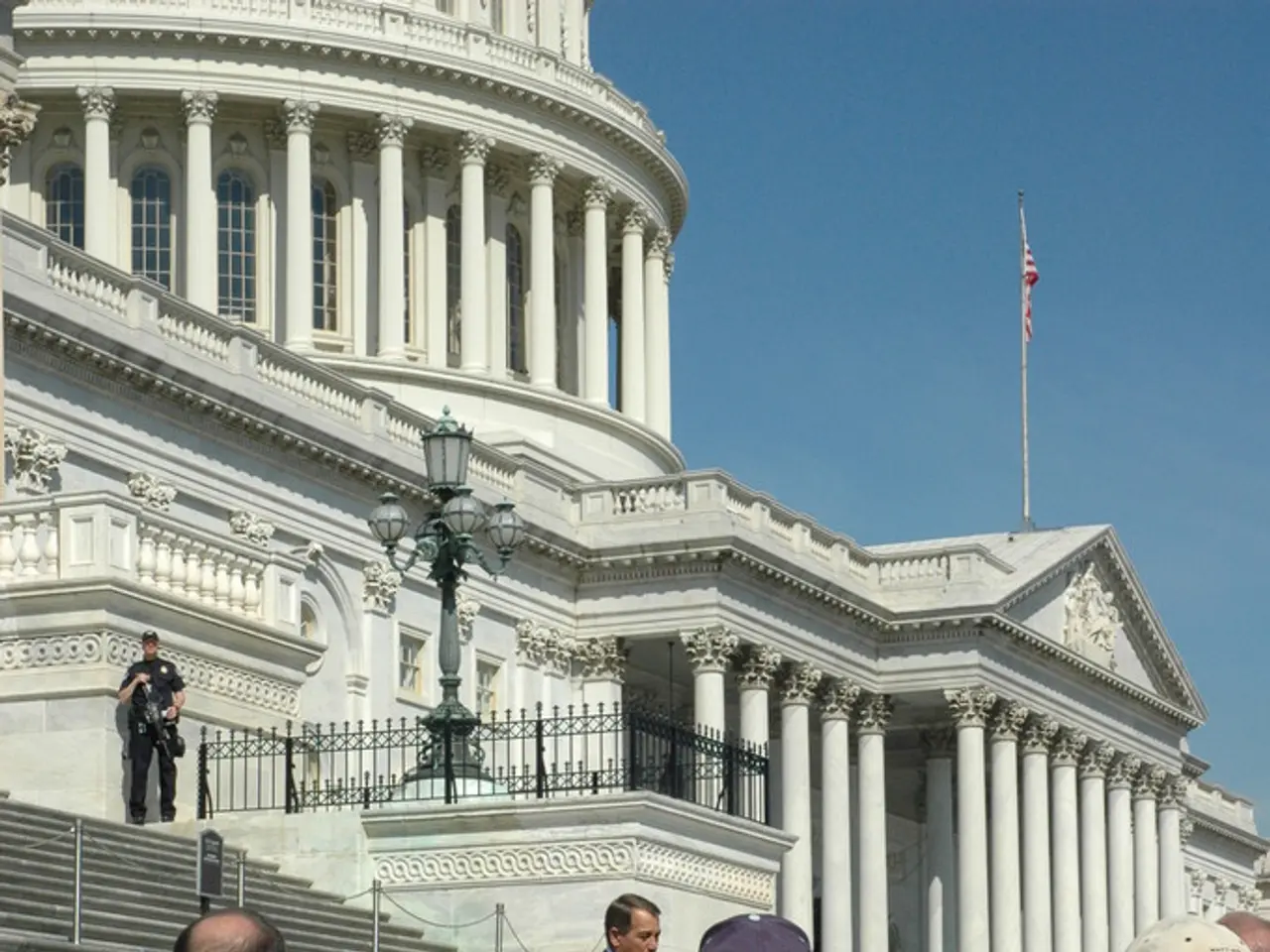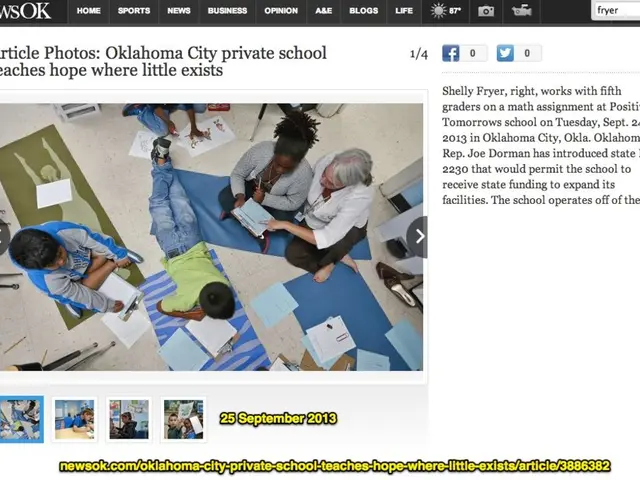Exploration of Unidentified Flying Objects, Stalin, and Extrasensory Perception Investigations by Annie Jacobsen
In the realms of the unknown, the investigation into unidentified flying objects (UFOs) has been a captivating subject for decades. This article explores the historical instances of UFO deception by intelligence agencies, their implications, and the ongoing debates surrounding UFO truth and disclosure.
The CIA's interest in the paranormal, with roots tracing back to Nazi Germany's occult research post-World War II, has been a recurring theme. This exploration of the unexplained by government agencies showcases a pattern of institutions operating at the intersection of the conventional and unconventional, the known and unknown.
Jacques Vallee, a key figure in ufology, frames the UFO phenomenon as an intelligence problem, shifting focus towards questions about consciousness and the nature of intelligence. Historical examples of UFO deception by intelligence agencies involve cases where governments either purposefully obscured, misled, or manipulated public perceptions about UFO phenomena for strategic reasons. These deceptions were often linked to military secrecy or Cold War-era espionage concerns, but they have also shaped public conspiracies and distrust in government transparency.
Key case studies include the Majestic 12 documents, Area 51, and the Pentagon's UFO studies. The Majestic 12 documents, claimed to be leaked secret files outlining UFO recovery efforts and extraterrestrial contact, have been widely debated, with some evidence suggesting they were part of a disinformation campaign designed to confuse UFO researchers and the public. Area 51, the infamous Nevada military base, was originally a secret testing site for advanced aircraft, and intelligence agencies and the military fostered UFO tales as a diversion to conceal these classified aerospace projects.
In modern times, the Pentagon formed offices like the All Domain Anomaly Resolution Office to study unidentified aerial phenomena (UAPs). Despite recent attempts at transparency, leadership turnovers and mixed messaging have contributed to multi-layered deception layers. Some insiders argue that while certain UFO disclosures release genuine data, other information is withheld or framed selectively to maintain control over the narrative.
These historical instances illustrate how intelligence agencies have balanced national security concerns with public curiosity, sometimes choosing deliberate misinformation to protect secret technologies or operations. Deception around UFOs has fueled conspiracy theories and public mistrust towards government and intelligence communities. The interplay of genuine sightings, classified military activity, and strategic disinformation complicates efforts at authentic UFO disclosure and scientific study.
Congressional attention and public pressure for transparency continue to challenge agencies' past secrecy and help shape future protocols for information sharing on UAPs. The Thomas Theorem, "If men define situations as real, they are real in their consequences," helps explain the persistence of these investigations in government programs.
The modern implications of this research continue to evolve, existing in a grey area between skepticism and possibility, between hard science and unexplained phenomena. The exploration of ESP and consciousness by government agencies serves as a reminder that progress often comes from being willing to investigate phenomena that exist at the edges of our understanding.
References: [1] Vallee, Jacques, and Christopher Aubeck. Wonders in the Sky: Unexplained Aerial Objects from Antiquity to Modern Times. New York: Mecklerbooks, 1998. [2] Anonymous. "Area 51 and UFOs: A Brief History." History.com, A&E Television Networks, 28 July 2021, www.history.com/news/area-51-ufo-history. [3] Levin, Leslie Kean. UFOs: Generals, Pilots, and Government Officials Go on the Record. New York: Macmillan, 2010. [4] Moseley, Richard. "The Majestic 12 Documents: A Hoax or a Cover-up?" The Vault, 2019, www.theblackvault.com/documentarchive/the-majestic-12-documents-a-hoax-or-a-cover-up/. [5] Friedman, Stanton T. Crash at Corona: The Definitive Study of the Roswell Incident. New York: Summit Books, 1992.
- The intersection of science and general news sees continued interest in unidentified aerial phenomena (UAPs) due to historical instances of government deception, such as the Majestic 12 documents and Area 51, which have fueled public conspiracies and mistrust.
- Beyond UFOs, the CIA's history of paranormal investigations, rooted in Nazi Germany's occult research post-World War II, sheds light on the intriguing overlap of science, education, and self-development, and medical-conditions, as consciousness and the nature of intelligence become increasingly important topics.
- In an era where technology has advanced significantly, finance plays a crucial role in funding government programs and projects, including those related to space-and-astronomy and defense, contributing to the ongoing investigation into UFOs and UAPs.
- Meanwhile, sports and entertainment have occasionally touched upon UFOs and extraterrestrial life, blurring the line between fact and fiction, and raising curiosities among a wider audience, thereby impacting public perceptions and attitudes towards UFOs.




